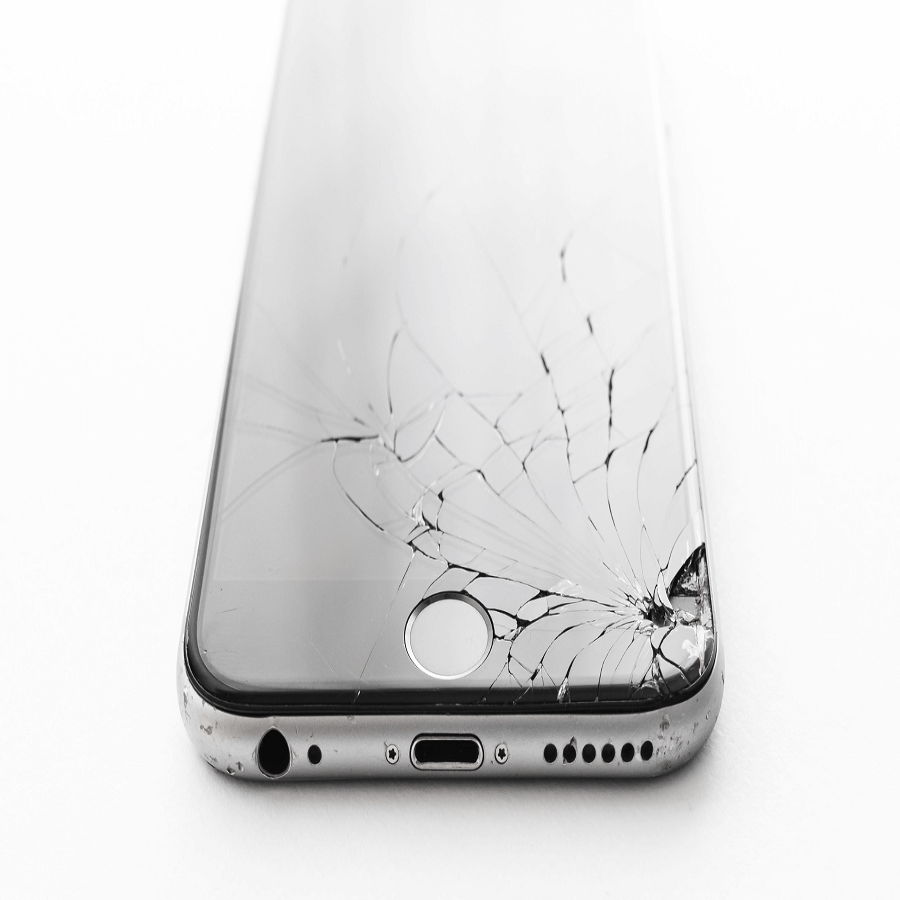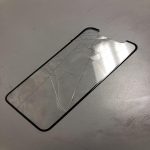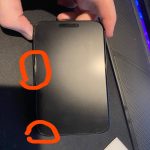Removing a broken screen protector can seem daunting, but with the right approach, you can do it safely and effectively. In this comprehensive guide, we’ll walk you through the entire process, ensuring that you protect your device while getting rid of that damaged layer.
Understanding the Importance of Removing a Broken Screen Protector
Why You Should Remove a Broken Screen Protector
A broken screen protector can be more than just an eyesore; it can interfere with your device’s functionality. Cracks or chips in the protector can hinder touch sensitivity, causing delays in response time or inaccurate inputs. Additionally, a damaged screen protector may not offer the same level of protection as an intact one, leaving your screen vulnerable to scratches and cracks. Removing it promptly not only enhances your user experience but also ensures your device remains well-protected.
Assessing the Damage
Before diving into the removal process, take a moment to assess the extent of the damage. Is it a small crack, or is the protector shattered? Understanding the level of damage can help you prepare for the removal process. If the protector is merely cracked, you may be able to peel it off easily. However, if it’s shattered, you’ll need to take additional precautions to avoid injuring yourself or damaging your device further.
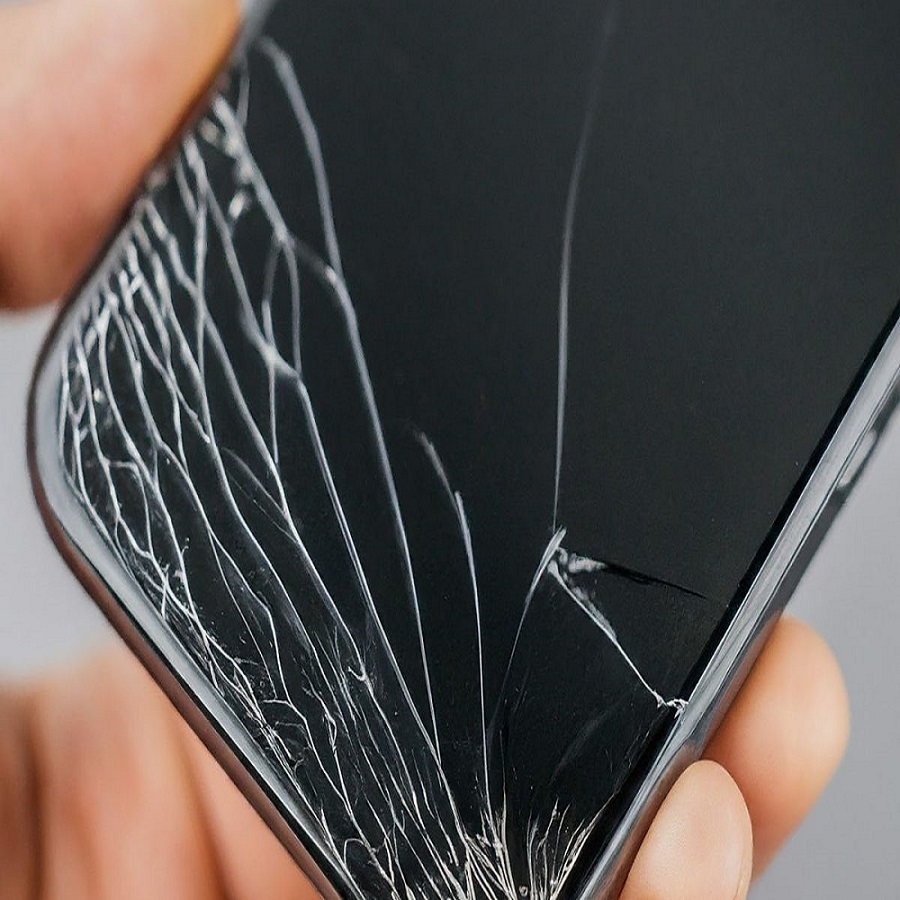
Gather Necessary Tools and Supplies
Tools You Will Need
To safely remove a broken screen protector, gather the following tools and supplies: a plastic card (like a credit card), adhesive tape, tweezers, and a soft microfiber cloth. Each of these items will play a crucial role in ensuring you remove the protector without damaging your screen.
Optional Supplies
While not strictly necessary, some optional supplies may make the process easier. A heat gun or hairdryer can help loosen the adhesive, making it simpler to peel off the protector. Additionally, rubbing alcohol can be used to clean any adhesive residue left on the screen once the protector is removed. Having these tools on hand can streamline your removal process.
Step-by-Step Removal Process
Preparing Your Device
Start by powering down your device. This step is essential to avoid any accidental touches that could cause problems during the removal process. Next, find a clean, well-lit workspace. A clutter-free area will help you focus on the task at hand and reduce the risk of losing small pieces of the broken protector.
Using Adhesive Tape
Once your device is ready, take a piece of adhesive tape and apply it to one edge of the broken screen protector. Press it down firmly to ensure a good bond. This method helps in getting a grip on the protector and can make peeling it off easier. Pulling gently on the tape should lift the edge of the protector, allowing you to proceed with the removal.
Carefully Peeling Off the Protector
Starting from One Edge
With the tape securely attached, begin to gently pull on the tape to lift the edge of the screen protector. Use a slow and steady motion to avoid cracking the protector further. If you encounter resistance, pause and reassess. It’s crucial not to rush this process, as doing so could lead to more damage.
Using a Plastic Card
If the protector doesn’t lift easily, insert a plastic card underneath the edge you’ve lifted. This card will act as a lever, allowing you to gently pry the protector away from the screen. Work your way along the edge, carefully lifting the protector as you go. If it begins to crack or shatter more, take your time and be cautious to avoid injuries from sharp edges.
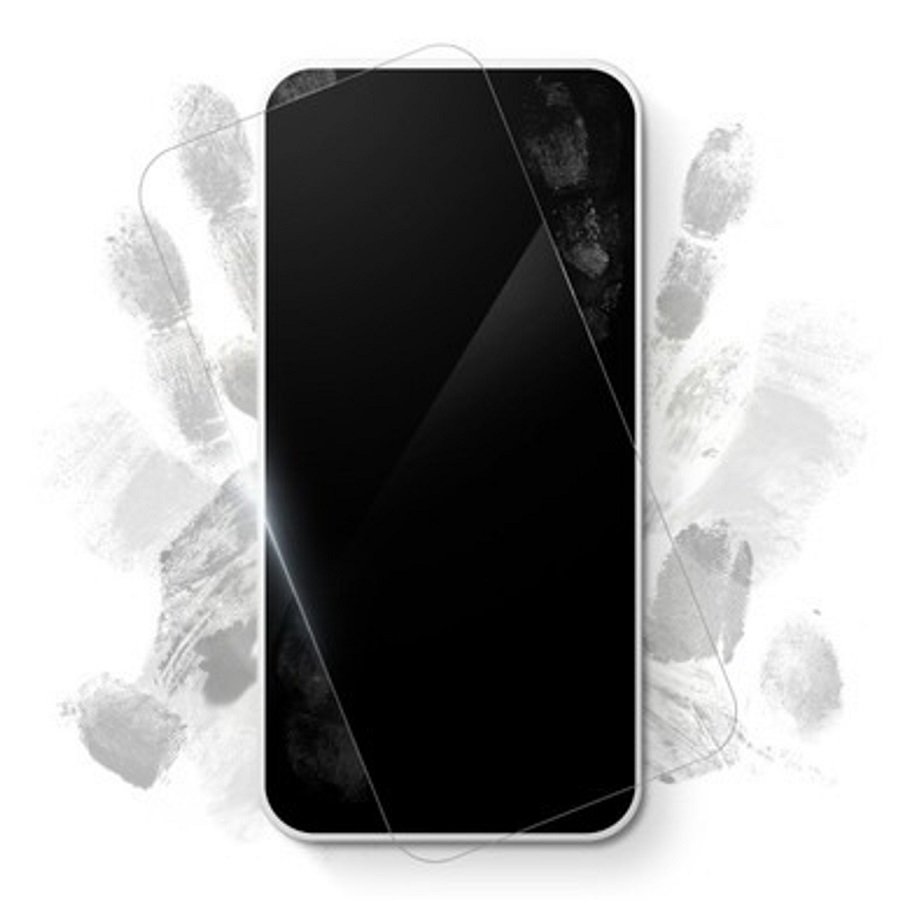
Dealing with a Shattered Screen Protector
Safety Precautions
If your screen protector is shattered, safety is paramount. Wear gloves to protect your hands from sharp shards of glass or plastic. It’s advisable to work in an area where small pieces can be easily contained, reducing the risk of injury. If the protector is in many small pieces, consider using a vacuum cleaner to pick up the debris as you work.
Removing Shattered Pieces
When dealing with a shattered screen protector, start by removing the larger pieces. Use tweezers to grip any shards that are loose but still attached to the device. Carefully pull these pieces away from the screen, ensuring that you keep your fingers away from the edges. After removing the larger pieces, use the adhesive tape method to address smaller fragments.
Cleaning the Screen After Removal
Inspecting for Residue
Once you’ve successfully removed the screen protector, take a moment to inspect your device’s screen. It’s common for adhesive residue to remain, which can affect visibility and touch sensitivity. Use a soft microfiber cloth to wipe away any dust or particles left behind.
Cleaning with Rubbing Alcohol
For any sticky residue, dampen a corner of your microfiber cloth with rubbing alcohol. Gently rub the affected areas in a circular motion, being careful not to apply too much pressure. The alcohol will dissolve the adhesive, making it easier to wipe away. Allow the screen to dry completely before proceeding to apply a new screen protector, if desired.
Installing a New Screen Protector
Choosing the Right Protector
Once the old protector is removed and the screen is clean, it’s time to consider a replacement. Choose a high-quality screen protector that fits your device perfectly. There are various options available, including tempered glass, plastic film, and privacy protectors. Assess your needs and budget before making a decision.
Proper Installation Techniques
When installing the new screen protector, ensure that the screen is free of dust and fingerprints. Align the protector carefully with the device’s edges and press down gently to eliminate any air bubbles. Following the manufacturer’s instructions for application can help achieve a seamless finish. Patience is key during this process, as rushing can lead to misalignment or trapped dust particles.
Maintaining Your Device’s Screen
Regular Cleaning Practices
To keep your device’s screen in top condition, establish a routine cleaning schedule. Use a microfiber cloth to wipe down the screen daily, removing smudges and fingerprints. For a deeper clean, dampen the cloth with a mixture of water and mild soap, ensuring the cloth is not soaking wet. Regular maintenance will prolong the life of your new screen protector and keep your screen looking pristine.
Avoiding Future Damage
Preventative measures can significantly reduce the risk of damaging your screen protector in the future. Invest in a quality case that offers additional protection for your device. Avoid placing your device in pockets with keys or coins, which can scratch the screen. By being mindful of your device’s environment, you can help maintain its integrity.
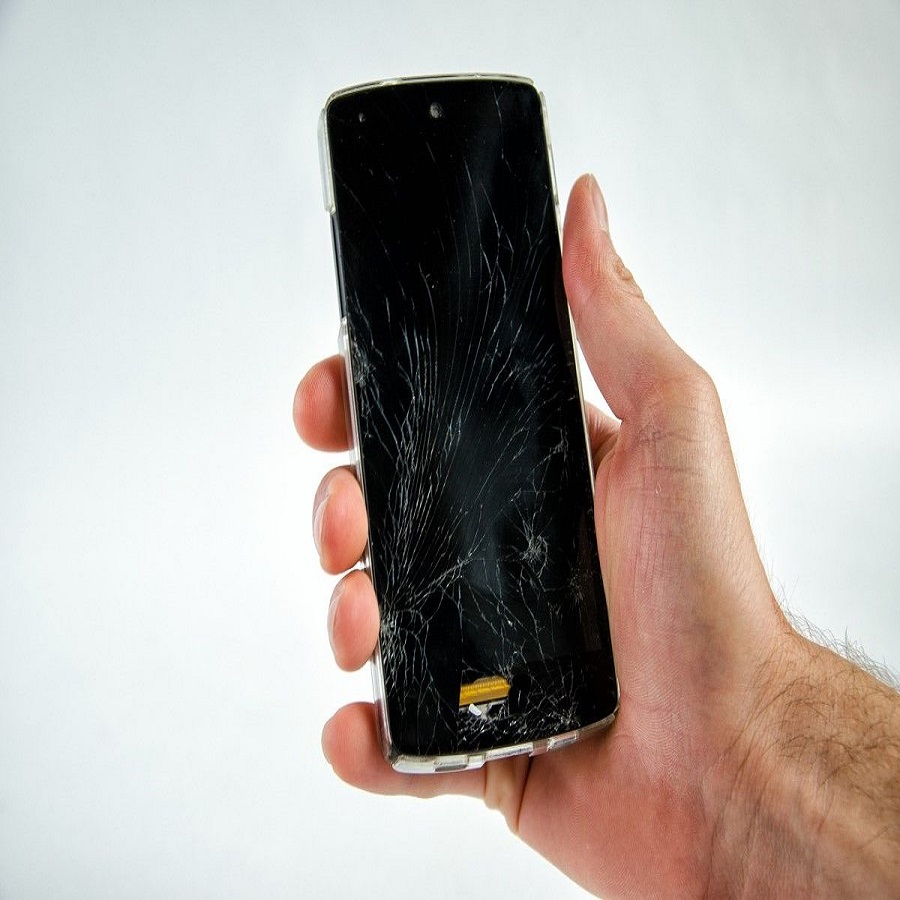
Conclusion
Recap of the Removal Process
In summary, safely removing a broken screen protector requires careful preparation and execution. By gathering the right tools, assessing the damage, and following the step-by-step guide, you can effectively remove the broken protector without damaging your device. Remember to clean the screen thoroughly before installing a new protector, ensuring your device remains in excellent condition.
Final Tips
Finally, always stay calm and take your time during the removal process. If at any point you feel uncertain or uncomfortable, consider seeking professional assistance. With practice, you’ll become more adept at handling screen protector removal, allowing you to keep your device looking and functioning at its best.
